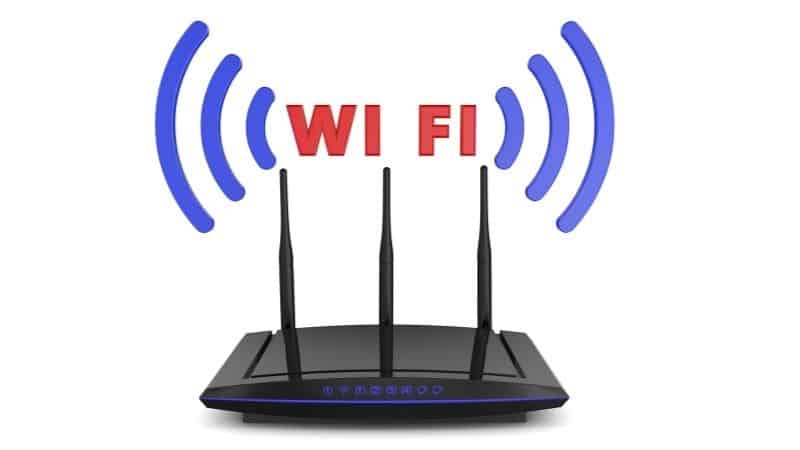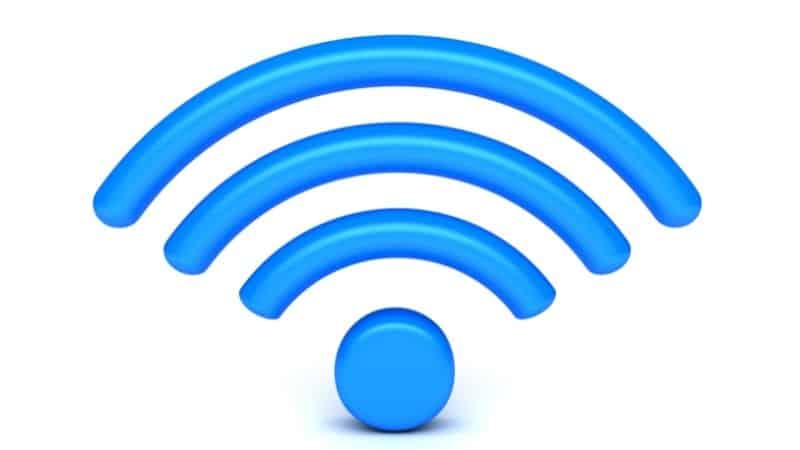What Does Wi-Fi Stand For?

Table of Contents
It is a tool that we all use every single day – and often without even thinking about it. It forms a key part of our lives, allowing us to work, socialize, shop, and connect with people on the other side of the world. The original idea behind WiFi was to provide high-speed connectivity between computers and peripherals, such as printers or scanners.

However, today WiFi can be found everywhere: from airports to coffee shops, hotels to hospitals, parks to prisons. WiFi is also widely used in homes, offices, public spaces, and even cars and is found all over the globe.
With this in mind, you may be wondering just what WiFi stands for, and how it really works. We take a closer look.
What Does WiFi Stand For?
WiFi stands for wireless fidelity. This term refers to the ability of WiFi devices (such as laptops, smartphones, tablets, and smart watches) to communicate wirelessly while within range of one another.
The technology uses radio waves transmitted through space, which are received by an antenna connected to your device.
These antennae convert electromagnetic energy into electrical signals that can then be processed and converted back into sound, images, data, and so forth. In short, WiFi allows users to access the Internet via their mobile phone or computer.
How Does WiFi Work?
In order for WiFi to function properly, there must first be a connection between two devices, known as an “access point.” The access point acts as a bridge between the wireless network and the wired network, allowing the wireless network to be accessed by any device connected to the wired network.
If you have ever visited a hotel, airport, restaurant, university campus, or conference center, chances are you’ve seen these access points. They’re usually placed near the entrance or exit of buildings, or at strategic locations throughout the facility for best coverage.
Once this has been done, and a WiFi network is set up, users’ devices will automatically show the network as available when searching for WiFi access (for example in a hotel). When connected, a user will be able to browse the web, send emails, check Facebook, watch videos, etc.
The advent of WiFi has meant that many devices can now access the Internet without being tethered by a cable. And it can be easy to take such access for granted.
Why Do I Need WiFi?
Today, WiFi is more than just a way to get online. It is a necessity for many people.
Whether you’re working from home, traveling abroad, shopping online, or simply want to stay connected to friends and family, WiFi is a vital component of modern life.
WiFi is now so commonplace that many people don’t think twice when connecting to a network. However, security is also an important consideration when using a WiFi network outside of the home. VPNs can help to address those concerns.
Where Did WiFi Come From?
The earliest form of WiFi was developed by the U.S. Department of Defense in the late 1980s.
At the time, the military wanted to develop a system that could allow soldiers to connect to one another without being tethered to a telephone line.
This led to the development of 802.11b, a standard that allowed computers to transmit information across a local area network (LAN).
The first commercial use of WiFi occurred in 1997 when Apple Computer introduced the AirPort product. This had a maximum speed of 11 Mbps, but over the years, improvements were made to increase the transmission rate.
Today, most WiFi products operate at speeds of hundreds of Mbps. The WiFi 4 standard from 2009 allows theoretical maximum data transfer speeds of 450Mbps. The WiFi 6 (2018) and WiFi 6E (2022) improve upon this, with WiFi 6E offering theoretical speeds of 9.6Gbps.